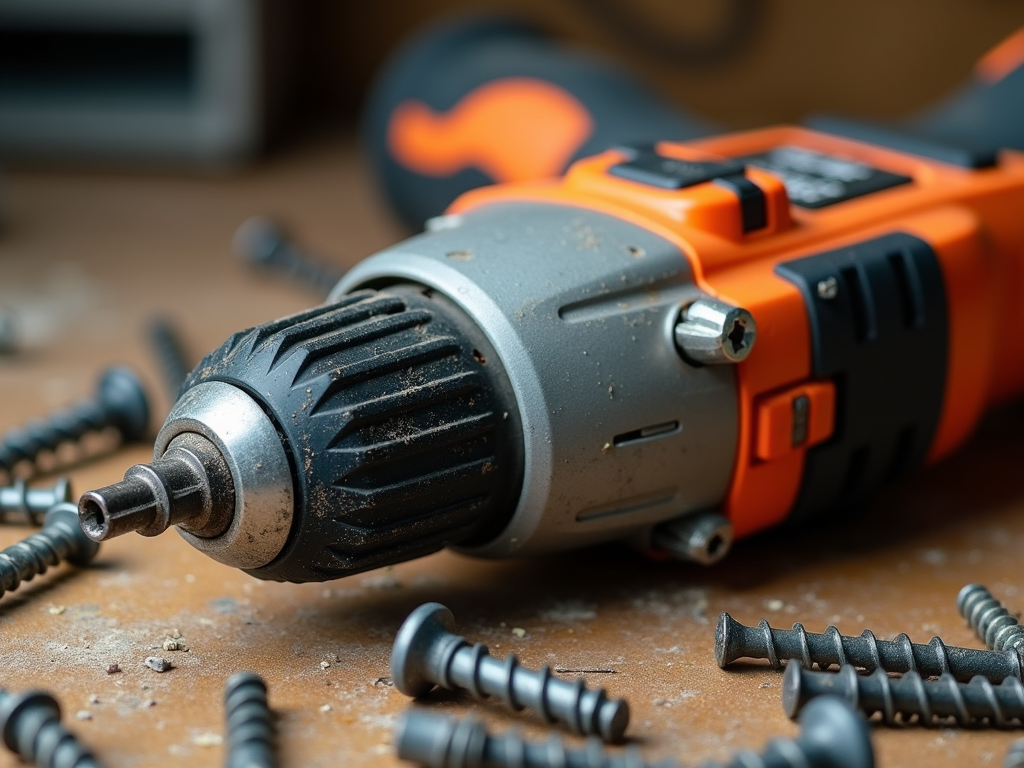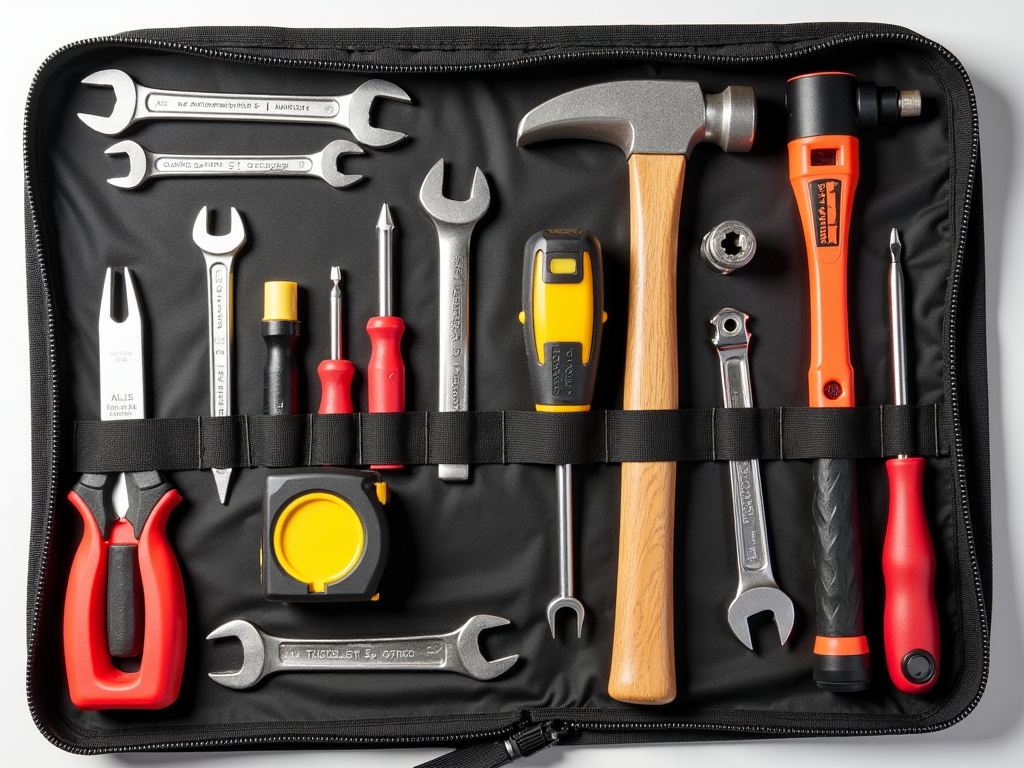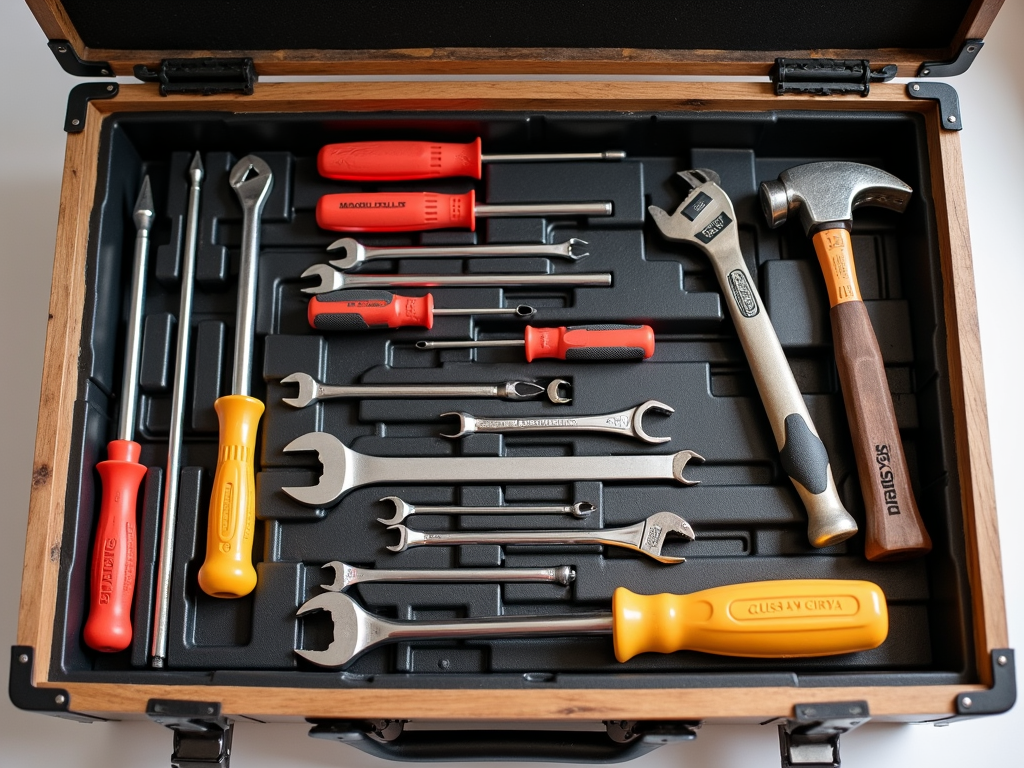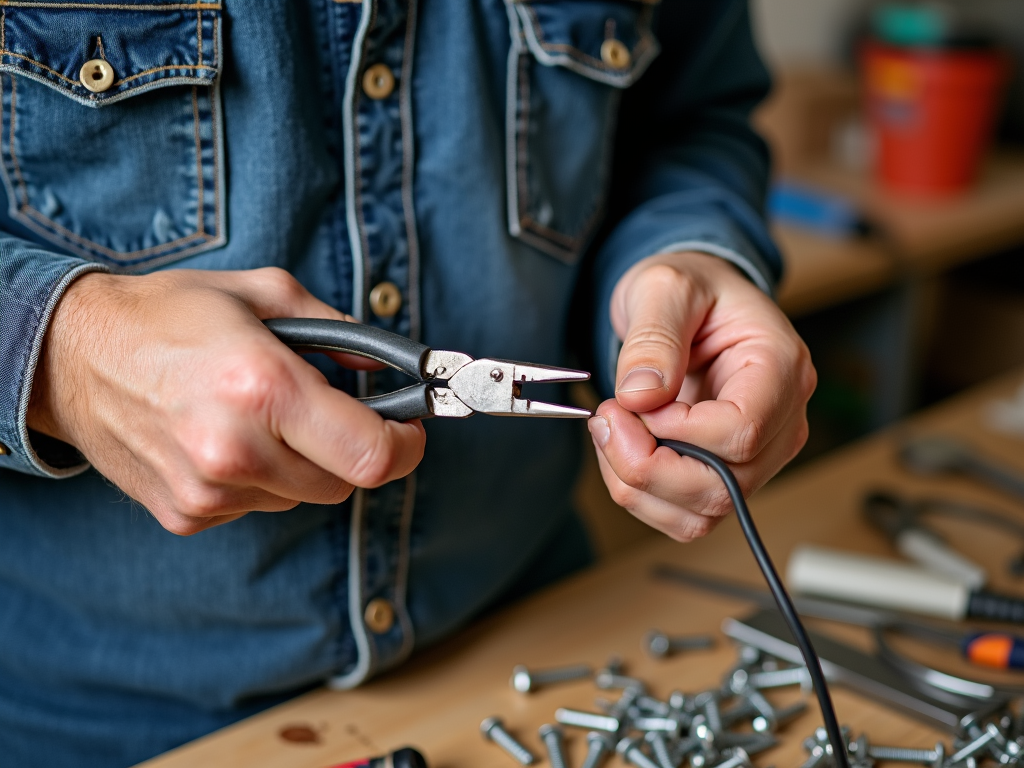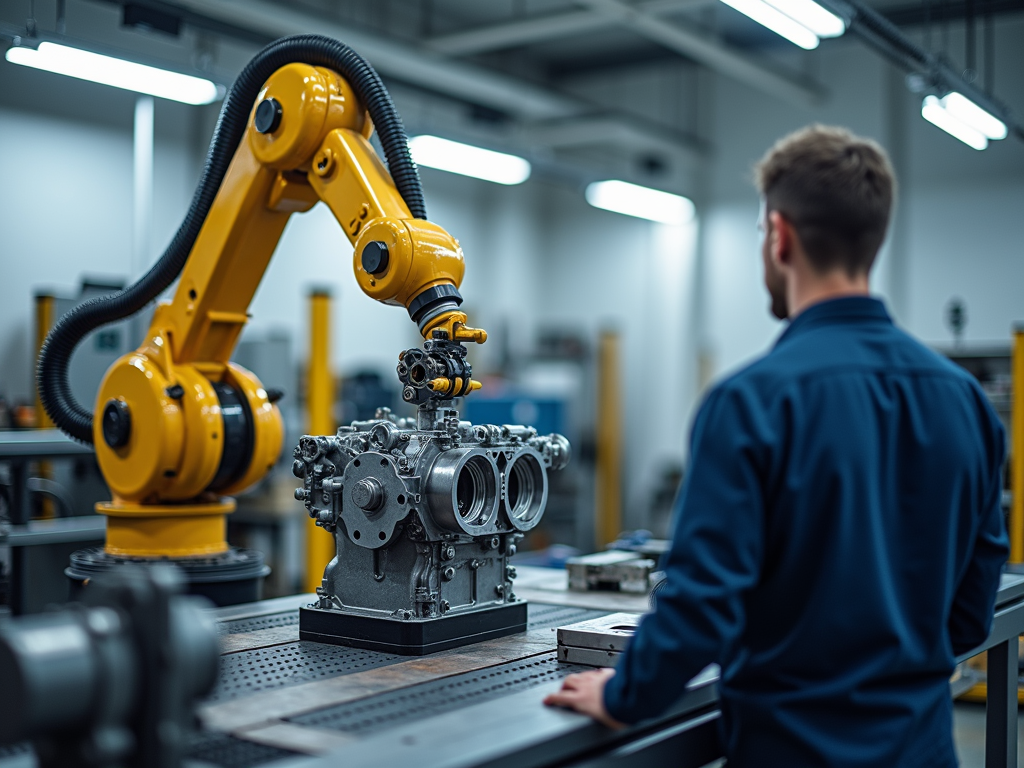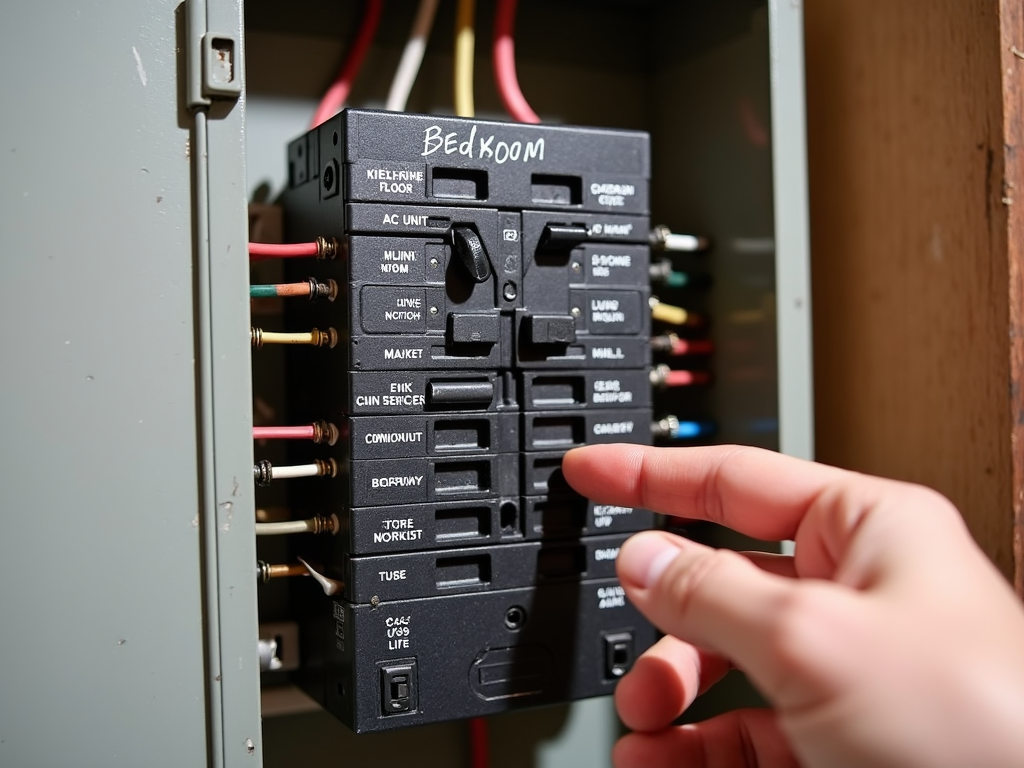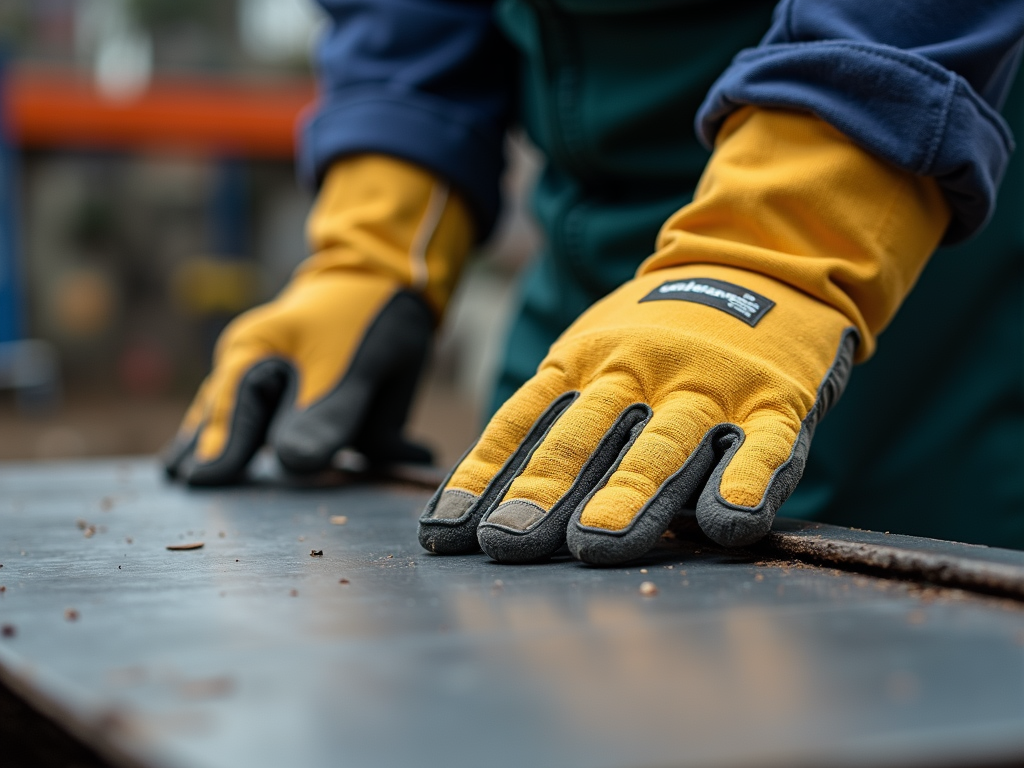Power tools transform metalworking, making it faster and easier to cut, shape, and finish metal. Whether you’re a hobbyist or a pro, this guide dives into the best power tools for metalworking, how to pick the right one, and tips to stay safe and keep them running smoothly.
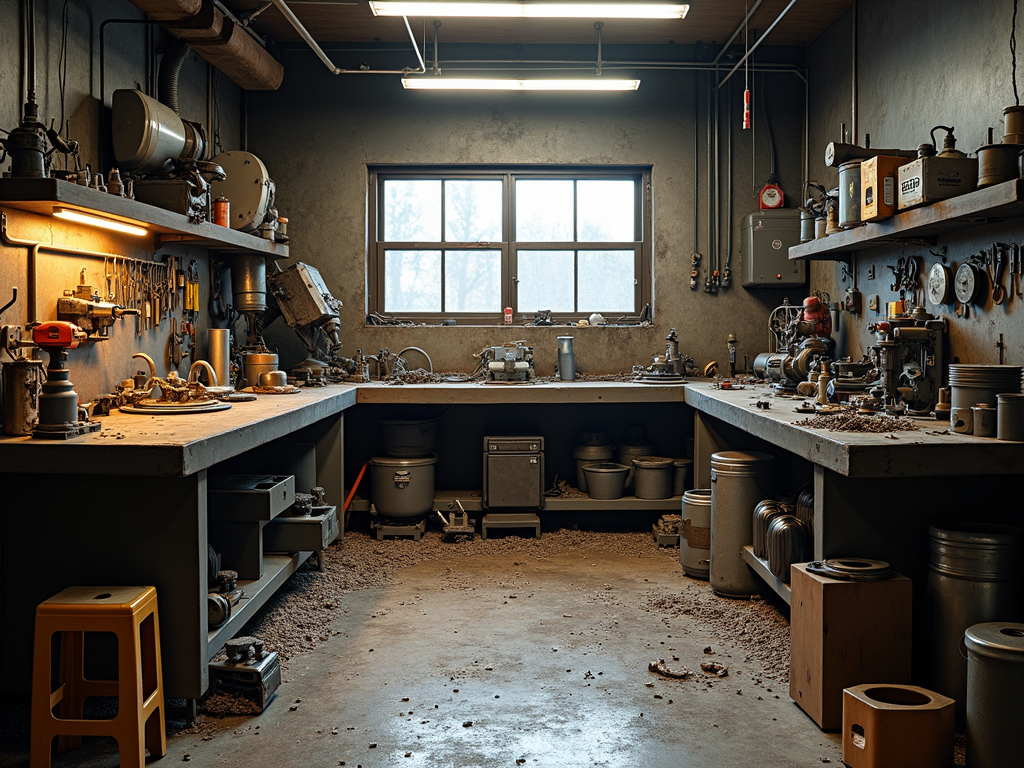
What Are Power Tools for Metalworking?
Metalworking means shaping metal into useful or beautiful things—like car parts, furniture, or art. Power tools for metalworking are electric or battery-powered machines that help you get the job done. They save time and effort compared to hand tools. Think of them as your workshop superheroes, tackling tasks like drilling holes or smoothing edges.
I’ve seen how these tools change the game. Once, a friend struggled to cut a steel pipe with a manual saw. After switching to a power tool—a reciprocating saw—the job took minutes instead of hours. That’s the kind of difference we’re talking about here.

Must-Have Power Tools for Metalworking
Here’s a rundown of the top power tools you’ll find in any metal shop:
- Drills: These make holes in metal. Cordless ones are great for moving around, but corded drills pack more punch for tough jobs.
- Grinders: Use these to smooth edges, remove rust, or prep metal for welding.
- Saws: Band saws, circular saws, or reciprocating saws cut through metal like butter.
- Sanders: Perfect for finishing surfaces or stripping old paint.
- Lathes: Spin metal to shape it into round objects, like bolts.
- Mills: Cut and shape metal with precision for detailed work.

Each tool shines in its own way. Drills are my go-to for quick fixes, but grinders feel like magic when I need a polished finish. The trick is matching the tool to your project—don’t use a saw for a job a grinder can do better.
Picking the Right Power Tool
Choosing power tools for metalworking isn’t just grabbing the shiniest one off the shelf. Here’s what to think about:
| Factor | What to Consider |
|---|---|
| Metal Type | Soft aluminum needs less power than steel. |
| Job Type | Cutting? Drilling? Finishing? Pick accordingly. |
| Power Source | Corded for steady power; cordless for freedom. |
| Budget | Spend more for durability if you work often. |
| Brand | Trusted names often mean better support. |
I learned this the hard way when I bought a cheap drill for a big project. It burned out halfway through. Now, I stick to reliable brands and match the tool to the metal.
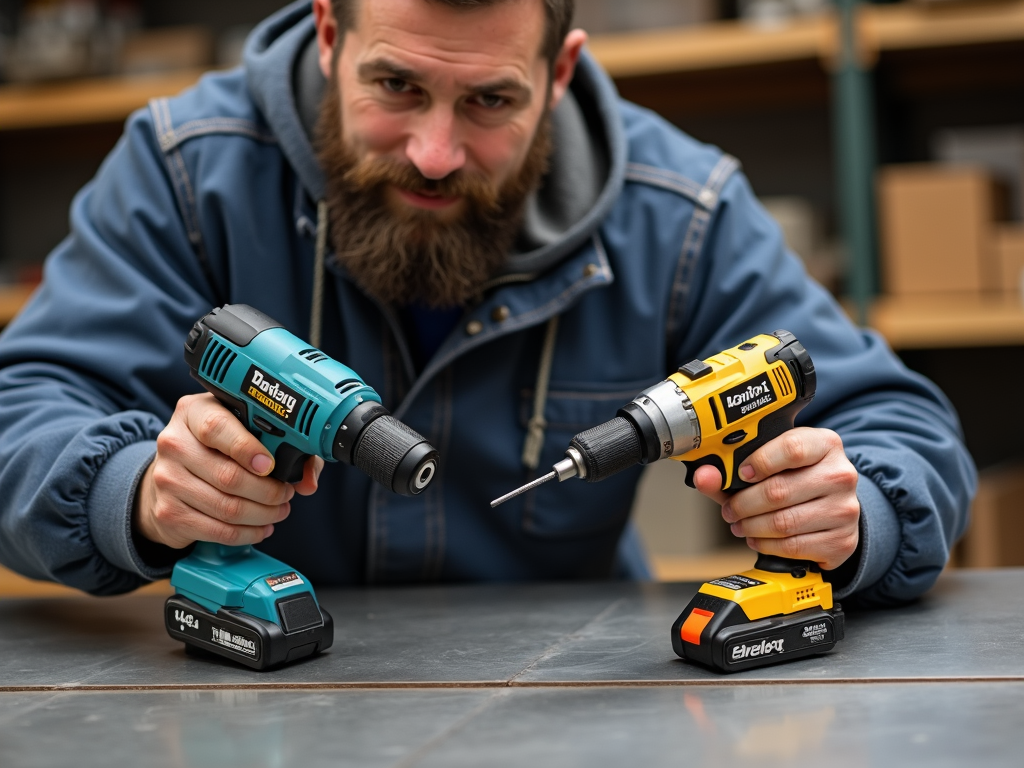
Stay Safe with Power Tools
Metalworking with power tools can be risky. Sparks fly, blades spin, and noise fills the air. Here’s how to stay safe:
- Wear safety gear: glasses, gloves, and ear protection are non-negotiable.
- Keep your space airy, especially when grinding or welding.
- Check your tools: dull blades or frayed cords spell trouble.
- Go slow: Let the tool work—don’t push it too hard.
- Watch around you: Keep kids and pets far away.
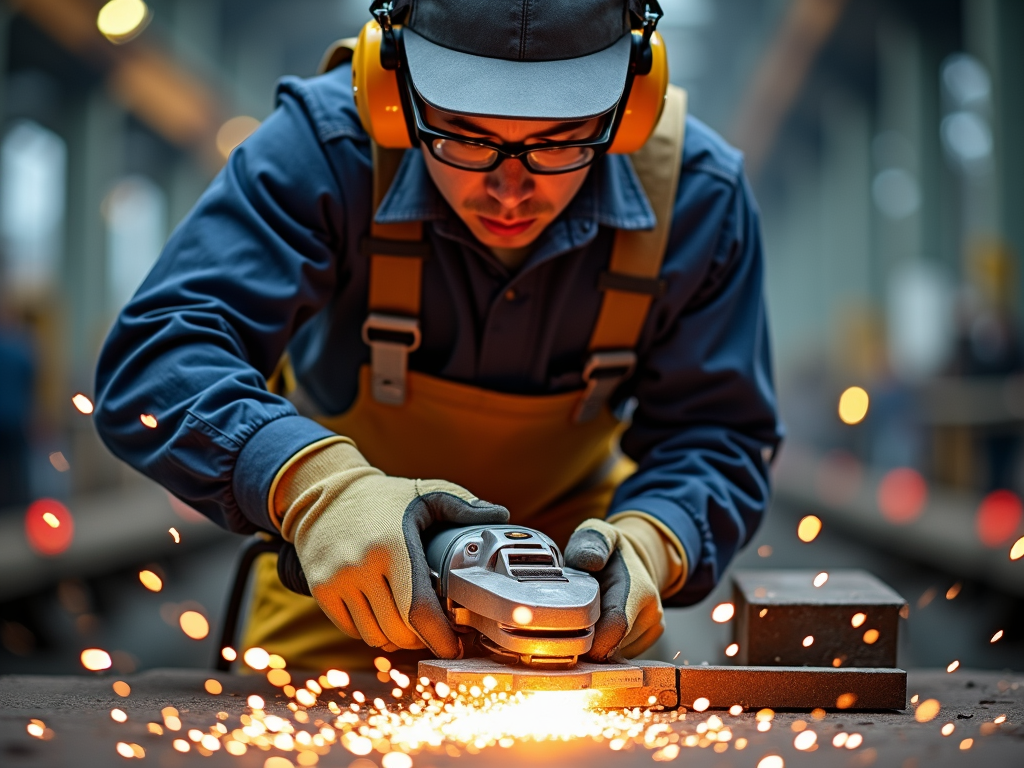
I once skipped gloves while grinding—thought I’d be fine. A stray spark burned my hand, and I haven’t made that mistake since. Safety gear isn’t just rules; it’s your shield.
Keep Your Power Tools in Top Shape
Good tools last longer with care. Here’s how to maintain them:
- Wipe them down after use to clear metal dust.
- Add oil to moving parts if the manual says so.
- Look at cords or batteries for wear.
- Store them somewhere dry—no rust allowed.
- Follow the maker’s repair tips.

I used to leave my tools out after projects. Rust crept in, and one grinder seized up. Now, I clean and store them right—it’s worth the extra few minutes.
Power Washers in Metalworking: A Hidden Gem
Power washers might sound odd here—they’re for cleaning decks, right? But in metalworking, they’re surprisingly handy. Use them to:
- Wash metal before painting so the finish sticks.
- Blast away welding slag or debris.
- Clean parts for a clear look before the next step.
Pick a power washer with adjustable pressure. Too strong, and you might dent soft metals. I’ve used one to prep a rusty steel plate for paint—it beat scrubbing by hand any day.
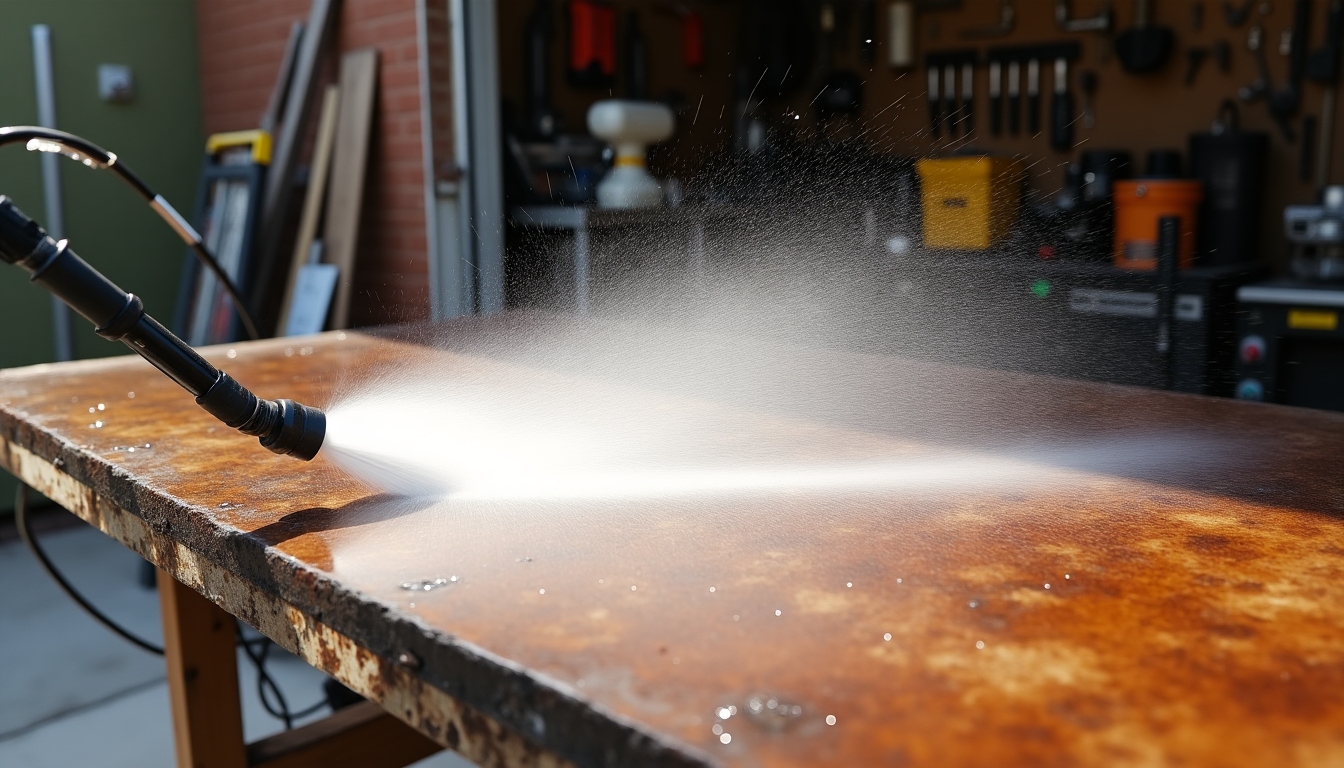
Wrapping It Up
Power tools for metalworking open up a world of possibilities. Drills, grinders, saws—they all make shaping metal easier and more precise. Add in smart choices, safety habits, and a little upkeep, and you’re set for success. Even power washers can step in to keep your projects spotless. Ready to start? Pick your tool and get creating!
Related power tools for metalworking:
- Visualizing the Future: How AI and Automation Are Shaping Industry
- Top 10 Must-Have Modern Workman Tools for Every DIY Enthusiast
- The Ultimate Guide to Cordless Drill Care
- A Beginner’s Guide to Building Your Construction Tool Kit
- Tool Maintenance Tips for Longevity and Safety
- Understanding the Importance of Advanced Safety Features in Power Tools
- Essential Tools for Every Handyman: A Comprehensive Guide
- The Future of Workshop Equipment: Trends to Watch
- How to Pick the Perfect Screwdriver for Any Task
- A Simple Guide to Your Home’s Electrical Setup
- DIY Projects for Beginners: Getting Started with Basic Tools
- Safety First: Protecting Yourself in the Metalworking Shop

